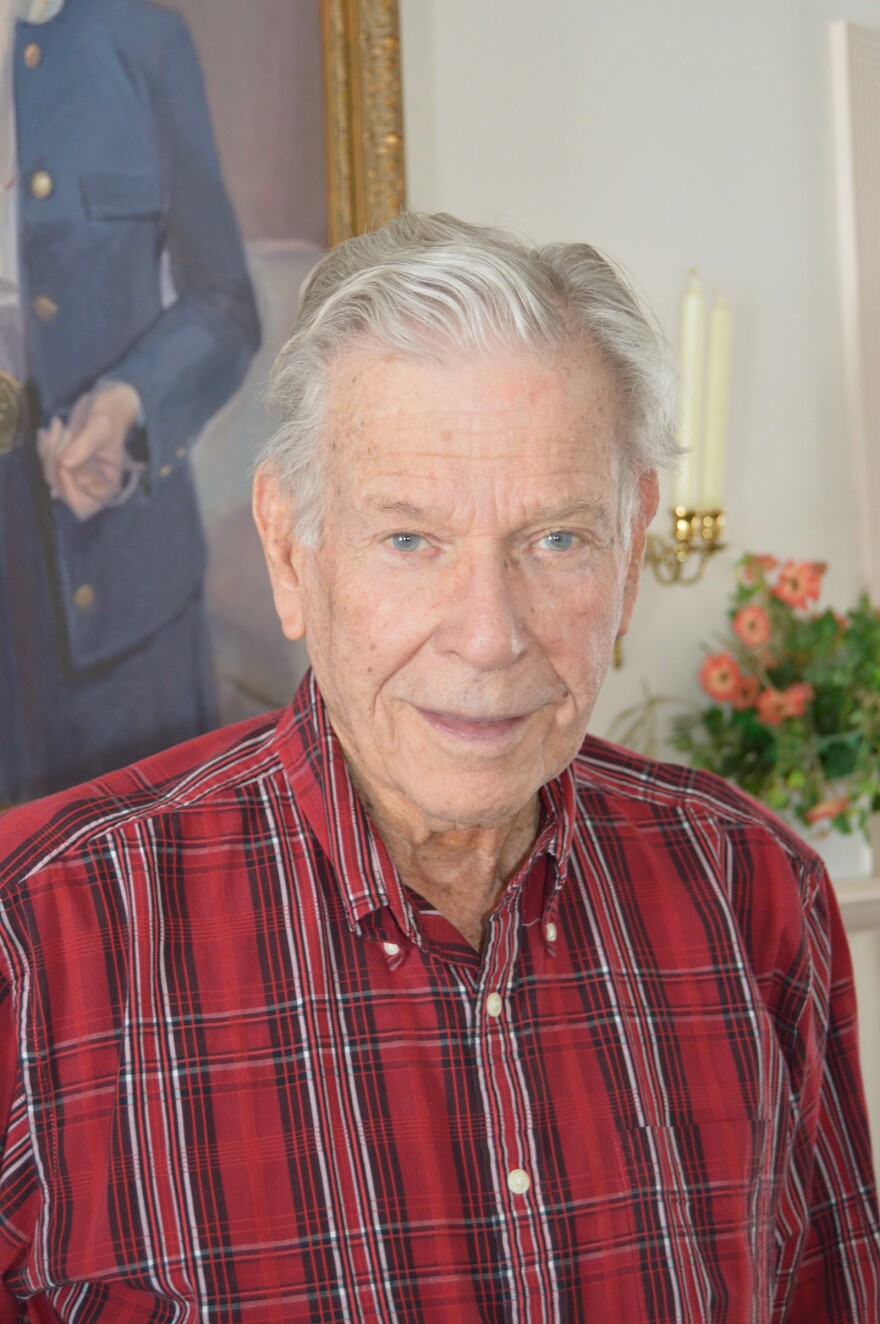A flood of words have been written about the recently departed Harry Hughes, the governor of Maryland from 1979 to 1987. But not enough has been said about the truly historic nature of his decision, in 1983, to organize and launch a six-state partnership to clean up the Chesapeake Bay.
He created the first regional environmental effort of its kind in the world.
Here’s a recording I made of Hughes in 2015 reflecting on what inspired him to make the Chesapeake Bay his legacy.
“It runs right down the center of Maryland, and it sort of characterizes Maryland, I think,” Hughes said in a call from his home in Denton, on Maryland’s Eastern Shore. “It’s a marvelous natural resource. And it’s very unusual. Among all the bays of the world, this is a very unique one. It was an easy decision, as far as I was concerned, that we out to do whatever we can to preserve it.”
Governor Hughes’s administration scored some remarkable successes in the Chesapeake Bay cleanup in its early years. Notably, their moratorium on striped bass fishing from 1985 to 1990 sparked a more than 10-fold increase in the popular sport fish.
Among other steps, Governor Hughes signed a ban on phosphorus in laundry detergent and a landmark waterfront protection law in 1984, called the Critical Areas Act. This law imposed restrictions on bay front development, but was weakened by political compromises that allow counties to designate many waterfront areas for construction.
The Bay region states signed three bay cleanup agreements in 1983, 1987, and in 2000. But, the hard truth is, the overall health of the Chesapeake did not improve at all between the 1980s and 2010, because all of these state-led pollution reduction agreements were voluntary and had no enforcement mechanism.
Here’s Governor Hughes again: “I was telling people when we started the program, ‘Don’t expect anything overnight. It’ll take at least 10 years.’ Well, that was the understatement of the year. It’s a lot more complicated and difficult than we had anticipated. So it’s taken a lot longer than we anticipated.”
After a quarter century passed, in 2010, President Obama’s EPA finally imposed a system of federal pollution limits and threatened penalties to the states that failed to meet the limits. Over the seven years that followed, the health of the bay improved from a 47 out of 100 to a 53 on the University of Maryland Center for Environmental Science’s annual report cards. Water clarity improved, underwater grasses spread to the largest extent in decades, and blue crabs rebounded.
I asked former Governor Hughes if the bay cleanup program he helped to create would have worked better from the outset if it had been controlled by the federal government instead of the states.
“No, I’m not sure of that at all. Top down from the federal might have caused more resistance,” said Hughes. “And I don’t think that would have worked better, I really don’t.”
Governor Hughes lived long enough to see the recent resurgence of the bay. But he also saw those improvements dealt a blow by record-breaking rainfall and runoff pollution linked to climate change; and by the Trump Administration’s efforts to slash funding to the Chesapeake Bay Program by 90 percent.
However, true to form, Hughes remained an optimist to the end.
“Yeah, I think we’ll get there,” he said. “I think we’ll get there. It’s going to be difficult, but I think there are signs already of progress.”
Goodbye, Governor Hughes – and thank you.
“Okay, nice talking with you again. Good to see you. Thank you.”
Governor Hughes died of pneumonia last week at the age of 92.




